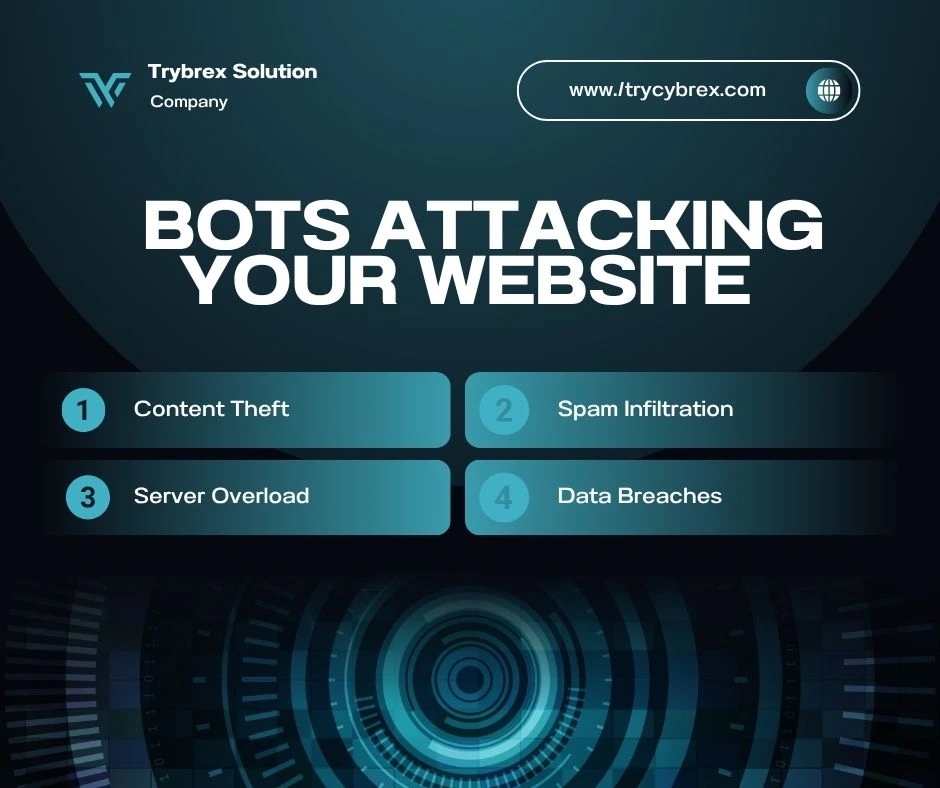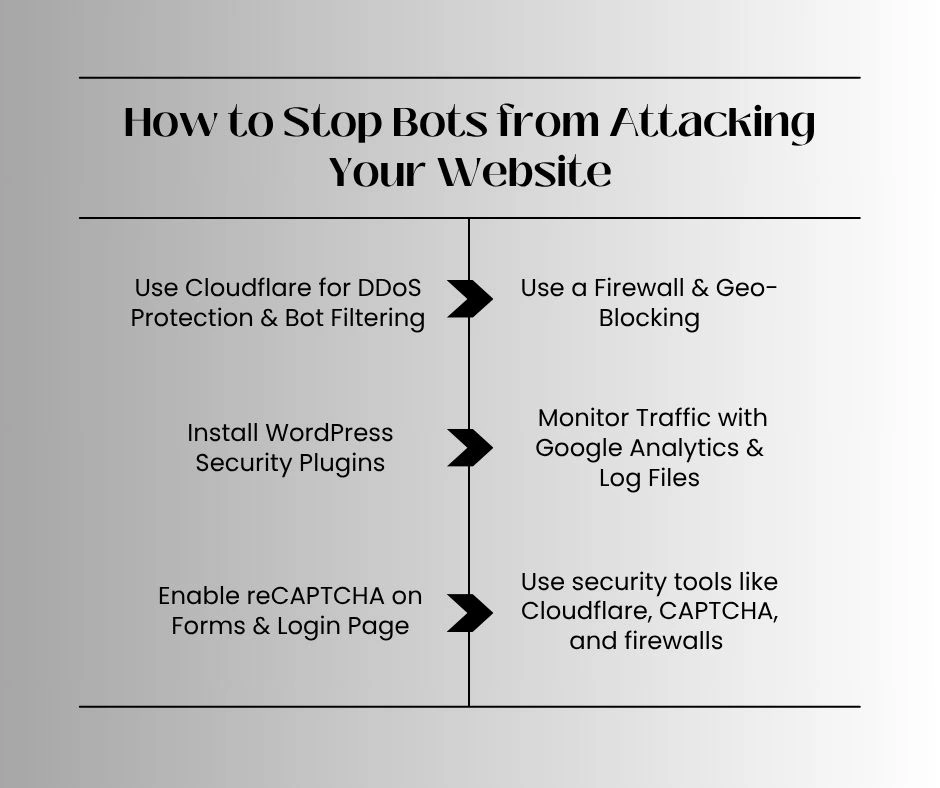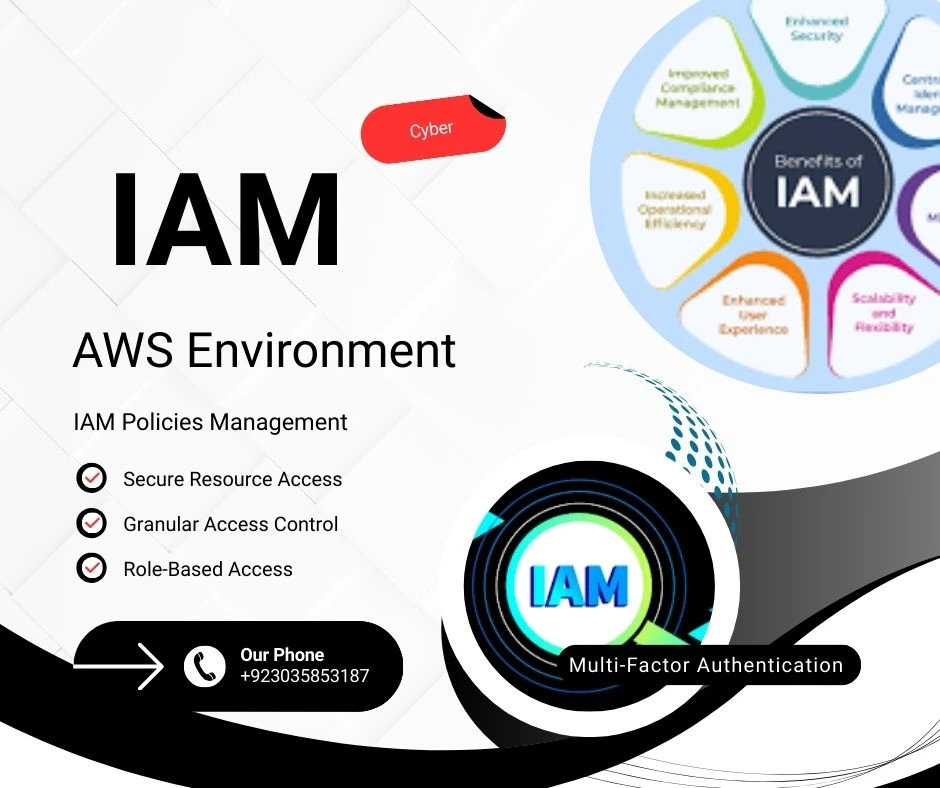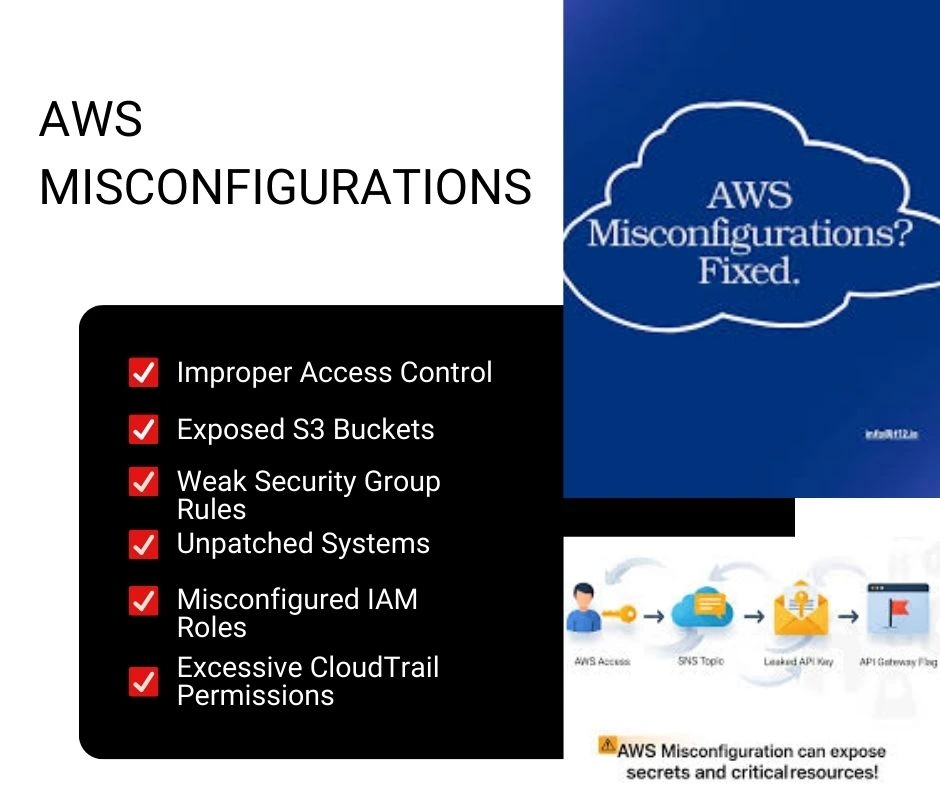Did you know that over 40% of all internet traffic comes from bots? While some bots are beneficial (like Google’s web crawlers), many are malicious and can harm your website. Whether you run a business, blog, or eCommerce store especially one focused on website design or website development your site is constantly at risk from bots engaging in data scraping, spam attacks, DDoS floods, and fake traffic generation. In this guide, we’ll explore why bots target websites, the risks they pose, and the best ways to protect your WordPress site using tools like Cloudflare, bot filtering plugins, and advanced security measures.

Why Are Bots Attacking Your Website?
Bots are automated scripts designed to perform specific tasks. Some are harmless, but others are designed to steal, disrupt, or manipulate data on your website making website security a top concern. These malicious bots can also interfere with your website analytics by generating fake traffic or masking real user behavior. Here’s why your site may be a target.
1. Content Scraping & Data Theft
Malicious bots scrape your content, images, and product details to republish them elsewhere. This can:
- Harm your SEO ranking due to duplicate content.
- Allow competitors to steal your proprietary information.
2. Spam Bots & Fake Traffic
Spam bots flood your comments, contact forms, and user registration pages with irrelevant links or fake submissions. These can:
- Ruin user experience and credibility.
- Slow down your website’s performance.
3. DDoS Attacks (Denial of Service)
Attackers use botnets to flood your website with excessive requests, overwhelming your server and making your site inaccessible.
- Result: Downtime, loss of sales, and frustrated users.Discover the latest 2025 security strategies in our full guide Top WordPress Security Tips for Australian Websites protect your website from evolving threats with expert insights and proven practices.
4. Credential Stuffing & Brute-Force Attacks
Hackers use bots to try thousands of username-password combinations to gain access to your site.
- If you’re using weak passwords, bots can break in within minutes.
5. Click Fraud & Ad Manipulation
If you run ads on Google or social media, bots can drain your ad budget by clicking your ads repeatedly.
- Result: Wasted budget, skewed analytics, and lower ROI.
How to Stop Bots from Attacking Your Website
Now that you know why bots target your website, let’s explore how to block them effectively.
1. Use Cloudflare for DDoS Protection & Bot Filtering

Cloudflare is one of the most powerful tools for blocking malicious bot traffic while allowing real users to access your site smoothly.
Enable Cloudflare’s “Bot Fight Mode” to automatically block harmful bots. Use Rate Limiting to prevent excessive requests from a single IP. Turn on Web Application Firewall (WAF) for real-time bot filtering to protect your website content effectively.
2. Install WordPress Security Plugins
If you’re running a WordPress site, use security plugins that specialize in bot filtering and complement your penetration testing efforts: Wordfence Blocks malicious bots and prevents brute-force attacks. Cerber Security Detects and blocks spam bots and fake registrations. WPBruiser Stops spam submissions without using CAPTCHA.
3. Enable reCAPTCHA on Forms & Login Page
Google’s reCAPTCHA is a simple way to block automated bots while allowing human users to interact freely. Using a vulnerability scanner alongside reCAPTCHA v3 provides an added layer of security. Apply reCAPTCHA v3 for an invisible, non-intrusive experience on login pages, comments, and contact forms to stop spam bots.
4. Use a Firewall & Geo-Blocking
Not all bot traffic comes from locations relevant to your business. If you notice excessive spam from certain countries, geo-blocking can help prevent potential cyber attacks. Use Cloudflare’s WAF or a plugin like GeoIP Blocker to restrict access from high-risk regions. Block suspicious IPs manually using your hosting provider’s settings.
5. Monitor Traffic with Google Analytics & Log Files
Detecting bot activity requires analyzing your traffic data:
Google Analytics: Look for unusual spikes in traffic with a high bounce rate that might indicate misuse of hacking tools. Server Log Files: Check for repeated visits from the same IP or user agent possibly linked to hacking tools activity. Bot Protection Services: Services like DataDome or PerimeterX analyze traffic in real-time to detect threats from malicious hacking tools.

Final Thoughts: Stay One Step Ahead of Malicious Bots
Bots are becoming more sophisticated, but so are security tools. By implementing Cloudflare, security plugins, reCAPTCHA, firewalls, and traffic monitoring along with participating in bug bounty programs you can significantly reduce bot attacks and keep your site safe. Need Expert Help? If you want hands-on assistance securing your website from bots, contact us today.













